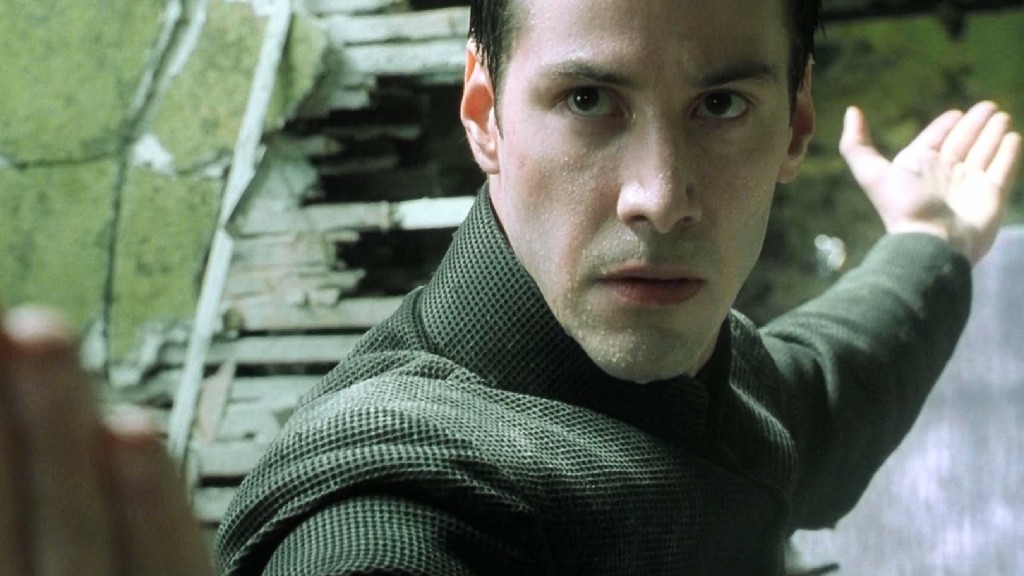Is it Possible to Learn Like the Matrix?

ALL RIGHTS RESERVED” by © Twentieth Century Fox Film Corporation and all related agencies
“What if I told you…that in the future, you could download all your learning?”
“Holy synapses, Batman! That sounds ridiculous!” Is it? Perhaps not! If we’re able to bend a few rules.
The brain is an incredible organ. It’s not a computer, it’s a not a lump of grey matter, and it’s not a cubbyhole you can neatly slip information into. Before going into how the brain works, let’s begin by looking at the wonder known as the supercomputer. The supercomputer is simply a name given to the top of the line computers in existence today (not the ones you buy at a store).
At this point, I advise you to brace yourself for BIG numbers.
Imagine your computer’s potential. Now imagine hooking a million of those computers together and combining their strength. That is a supercomputer, pumping out 16 quadrillion (16,000,000,000,000,000) operations per second. These are primarily used for heavy-calculation stuff that involves a bunch of variables like predicting the weather, quantum physics, and research in nuclear fusion.
Then there’s your brain. While there hasn’t been an agreed number for the number of calculations it does (like I said, your brain isn’t a computer), Ray Kurzweil, a computer scientist and MIT graduate, estimates its capacity at 10 quadrillion operations per second. What does this mean? It means supercomputers are now faster than the human brain. Now, before you start “battening down the hatches,” be sure to keep this big factor in mind – your brain is not a computer. And here is why.
Your brain learns by creating networks. It’s an incredible machine that learns by itself, creates new ideas by connecting old ones, and corrects its mistakes (hopefully). While science has been able to assign general areas where certain tasks are stored (your right brain is creative, your left is analytic, etc), this general theory is exactly that – general. To design a matrix-like program that would download “kung fu” into your brain, it’s not as easy as loading all the moves. It requires you to create a “this is kung fu” synapse and then connect that to all the associated synapses (imagine all the synapses involved in delivering a simple kick). Plus, you gotta use the synapses – use it or lose it concept. Of course, the more you use it, the stronger the connections get and, like riding a bicycle, you never forget (in some sense).
So, in answer to the question, YES it is possible, but would require some
heavy networking capabilities. But, with supercomputers that can now think faster than our brain, perhaps these networks won’t be as far off as we think.
Stay Smart.
Dominick, Director of Launch Academy, Winner of the DaVinci Scholar Award, and University Guest Speaker





